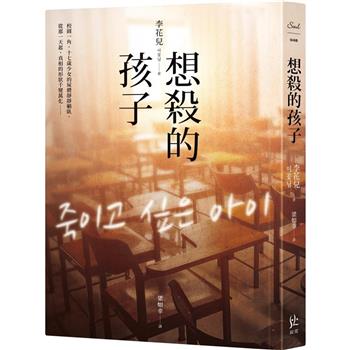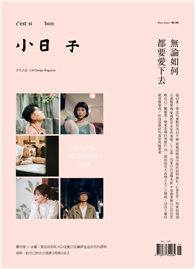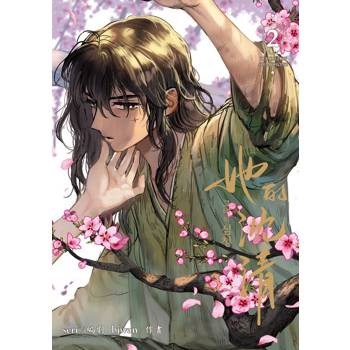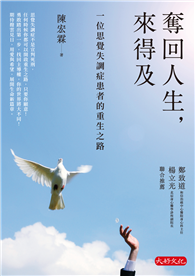A revealing and gripping investigation into how social media platforms police what we post online—and the large societal impact of these decisions
This engaging and richly illustrated book comprehensively examines the life and art of David Wojnarowicz (1954–1992), who came to prominence in New York’s East Village art world of the 1980s, actively embracing all media and forging an expansive range of work both fiercely political and highly personal. First displayed in raw storefront galleries, his work achieved national attention at the same moment that the AIDS epidemic was affecting a generation of artists, himself included.
In a thoughtful overview essay, David Breslin looks at the breadth of the artist’s work as well as Wojnarowicz’s broad range of interests and influences, situating the artist in the art-historical canon and pushing beyond the biographical focus that has characterized much of the scholarship on Wojnarowicz to fully assess his paintings, photographs, installations, performances, and writing. A close examination of groups of works by David Kiehl sheds new light on the artist’s process and the context in which the works were created. Essays by Julie Ault, Gregg Bordowitz, C. Carr, Marvin Taylor, and National Book Award finalist Hanya Yanagihara investigate the relationship between artistic production and cultural activism during the AIDS crisis, as well as provide a necessary accounting and close evaluation of divergent practices that have frequently been subsumed under broad labels like “East Village,” “queer,” “postmodern,” and “neo-expressionist.”
This engaging and richly illustrated book comprehensively examines the life and art of David Wojnarowicz (1954–1992), who came to prominence in New York’s East Village art world of the 1980s, actively embracing all media and forging an expansive range of work both fiercely political and highly personal. First displayed in raw storefront galleries, his work achieved national attention at the same moment that the AIDS epidemic was affecting a generation of artists, himself included.
In a thoughtful overview essay, David Breslin looks at the breadth of the artist’s work as well as Wojnarowicz’s broad range of interests and influences, situating the artist in the art-historical canon and pushing beyond the biographical focus that has characterized much of the scholarship on Wojnarowicz to fully assess his paintings, photographs, installations, performances, and writing. A close examination of groups of works by David Kiehl sheds new light on the artist’s process and the context in which the works were created. Essays by Julie Ault, Gregg Bordowitz, C. Carr, Marvin Taylor, and National Book Award finalist Hanya Yanagihara investigate the relationship between artistic production and cultural activism during the AIDS crisis, as well as provide a necessary accounting and close evaluation of divergent practices that have frequently been subsumed under broad labels like “East Village,” “queer,” “postmodern,” and “neo-expressionist.”












